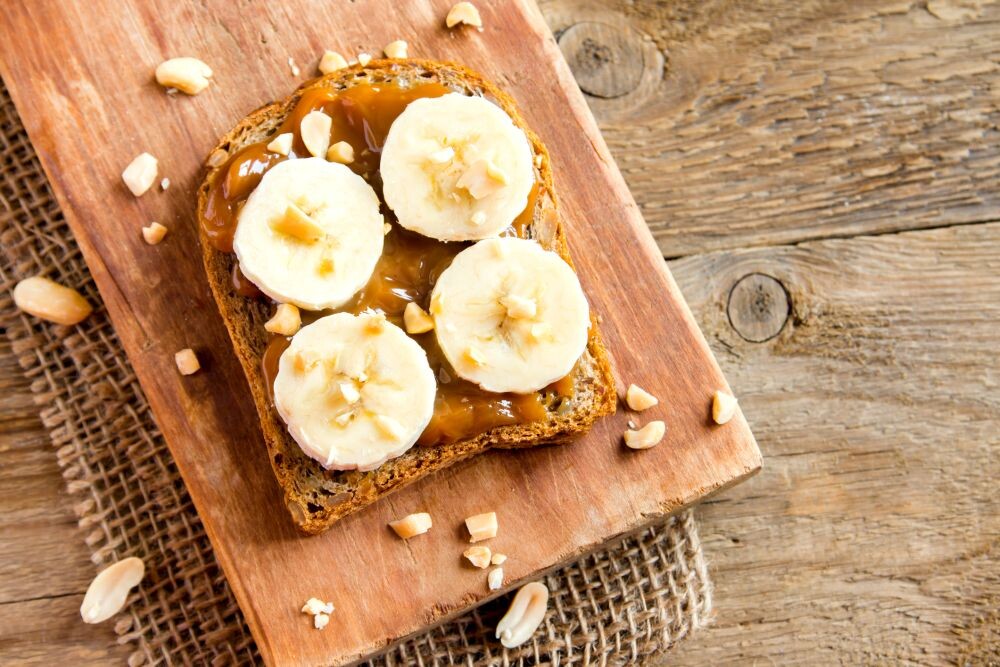Running News Daily
Running News Daily is edited by Bob Anderson in Los Altos California USA and team in Thika Kenya, La Piedad Mexico, Bend Oregon, Chandler Arizona and Monforte da Beira Portugal. Send your news items to bob@mybestruns.com Advertising opportunities available. Train the Kenyan Way at KATA Kenya. (Kenyan Athletics Training Academy) in Thika Kenya. KATA Portugal at Anderson Manor Retreat in central portugal. Learn more about Bob Anderson, MBR publisher and KATA director/owner, take a look at A Long Run the movie covering Bob's 50 race challenge.
Index to Daily Posts · Sign Up For Updates · Run The World Feed
Runners: how to fix your tummy troubles
Have you ever been mid-run, feeling in the flow and bouncing along happily, when suddenly you feel stomach pain and an urgent need for the nearest bathroom? You’re not alone. Exercise-induced gastrointestinal (GI) distress (sometimes referred to as “runner’s tummy”), which may cause cramping, diarrhea and/or nausea, is a common digestive issue experienced by athletes of all ages and abilities, and can significantly impact your ability to perform at your best.
The good news is that, by understanding the reasons behind your struggles and taking simple steps, you can get control of GI issues, keep your digestive tract happy and finish that run without needing a bathroom stop.
Why does it happen?

One study found that exercise-induced GI distress was prevalent in 30 to 90 per cent of younger people who ran long distances. The reasons for it vary among individuals (and even among your runs), but here are some common causes:
The impact of high-intensity running can physically jostle the stomach, leading to lower-GI distress, such as diarrhea and bloating.

As you exercise, the gastrointestinal tract changes the way it absorbs and regulates water and electrolytes, especially in hot weather. This means it can prioritize maintaining hydration, which is key, but possibly at the expense of digestion.
Gut hormones that influence digestion, such as leptin and ghrelin, are released in response to exercise. These changes are important for energy availability and performance, but can lead to GI distress.
During exercise, the muscles used to run receive more of the blood supply to meet their higher nutrient and oxygen demands, leaving the gastrointestinal tract with less blood flow. This reduction can lead to delayed gastric emptying, which is the process that moves food into the small intestine from the stomach.
Dehydration can increase the risk of, or worsen, existing symptoms (such as nausea and diarrhea).
Exercise can weaken the lower esophageal sphincter, which prevents acid reflux, possibly leading to heartburn during exercise.
How can I prevent it?
You may need to try different approaches if you regularly experience GI distress on a run.
One strategy is to plan your meals around your runs, to ensure appropriate fuelling. Eating foods that are high in fibre, fat, sugar alcohols or protein right before your run can increase the risk of GI distress, because they take longer to digest. Also, consuming too much sugar in one go, such as a concentrated gel with a sports drink, without prior gut training, can be overwhelming for your digestive system and draw too much water into the gut, leading to diarrhea. (It is best to take gels with water.)
Underfuelling may also be a risk factor. Failing to meet your overall daily energy needs may affect GI transit time, which can lead to digestive issues. So instead of skipping the pre-run snack because you think it is causing the symptoms, you might want to think about increasing your overall energy intake to resolve your tummy issues.
Practise gut training
Just as you would slowly build up mileage, you want to slowly train your gut to handle fuel before and during running. Practise eating snacks before and during your workout, and gradually build it up to your goal level. For example, start with half a banana and slowly increase to the point where you may be able to manage a whole banana on an English muffin with honey (which could be up to 60g of carbohydrates).
Some great snacks to try pre-run:
Graham crackers
Applesauce
Gels or chews
Banana
Dates
Dry cereal
Granola bar
English muffin or toast with jelly
Gummy candy
Lauren Charlton is a competitive distance runner and future sports dietitian who’s passionate about keeping runners in the sport for the long game.
(09/07/2024) Views: 231 ⚡AMPby Lauren Charlton




